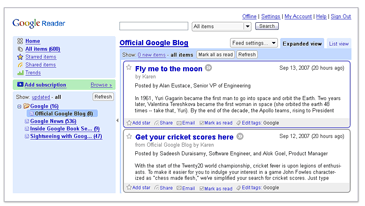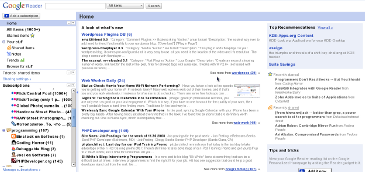We upgraded our development server to Fedora 10 over the weekend. Among other things, it runs RT3 – excellent support, issue management, and bug tracking tool. Once the upgrade was over, we ended up with a semi-working setup of RT3. The emails were going through just fine, but the web interface was giving out a blank screen with no content or errors or warnings.
Googled a bit, but that didn’t help a lot. Went through server logs and found an out of memory shout from Storable.pm:
2325:Callback called exit at
../../lib/Storable.pm (autosplit into ../../lib/auto/Storable/thaw.al)
line 415.
Googled for that, but it turned out that quite a few people have the problem with this module running out of memory. And not only in RT3.
So I left it where it was and had some good night sleep. And it helped. In the morning, englightment came in, and I tried reloading the page with cookies and cache cleaned. It worked. And then it didn’t work again. Cleaning cookies was helping for a couple of page views. So I dived back into the RT_Config.pm file to see my options. There it was.
=item C<$WebSessionClass>
C<$WebSessionClass> is the class you wish to use for managing Sessions.
It defaults to use your SQL database, but if you are using MySQL 3.x and
plans to use non-ascii Queue names, uncomment and add this line to
F<RT_SiteConfig.pm> will prevent session corruption.
=cut
# Set($WebSessionClass , 'Apache::Session::File');
Once I enabled Apache::Session::File, the problem went away. We are now back to work, enjoying the new web 2.0 round corners interface, pastel colors, and more.


